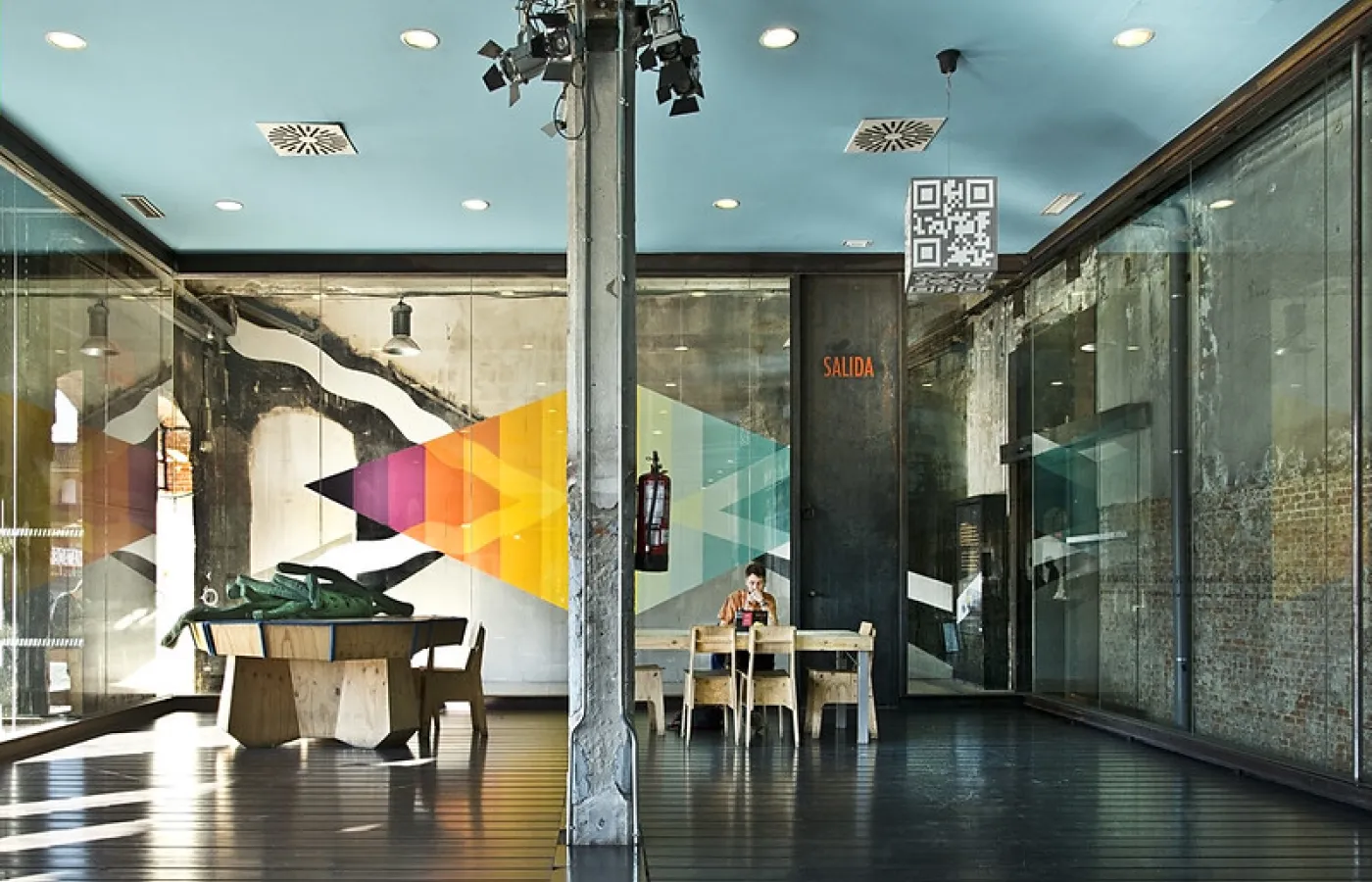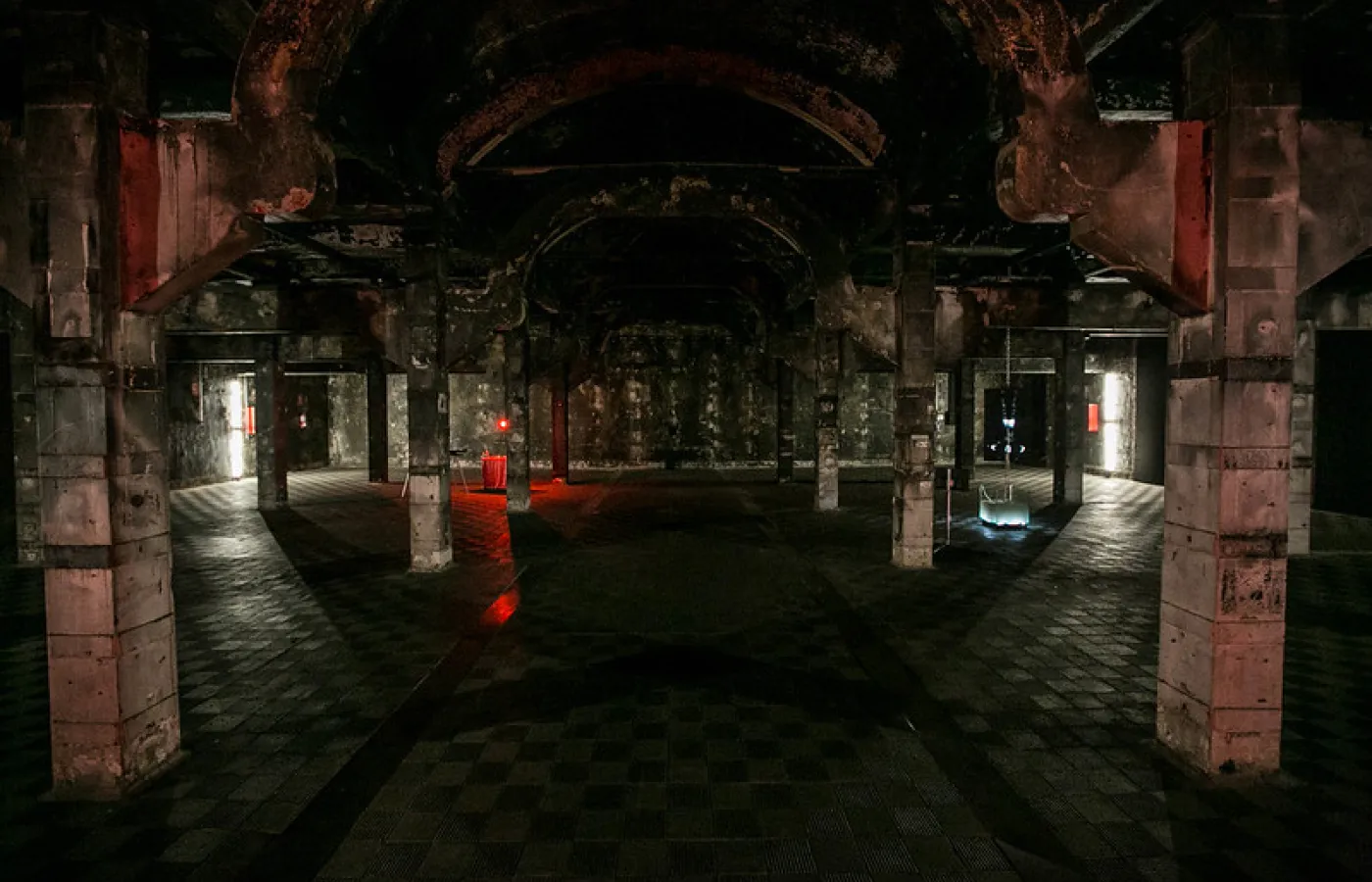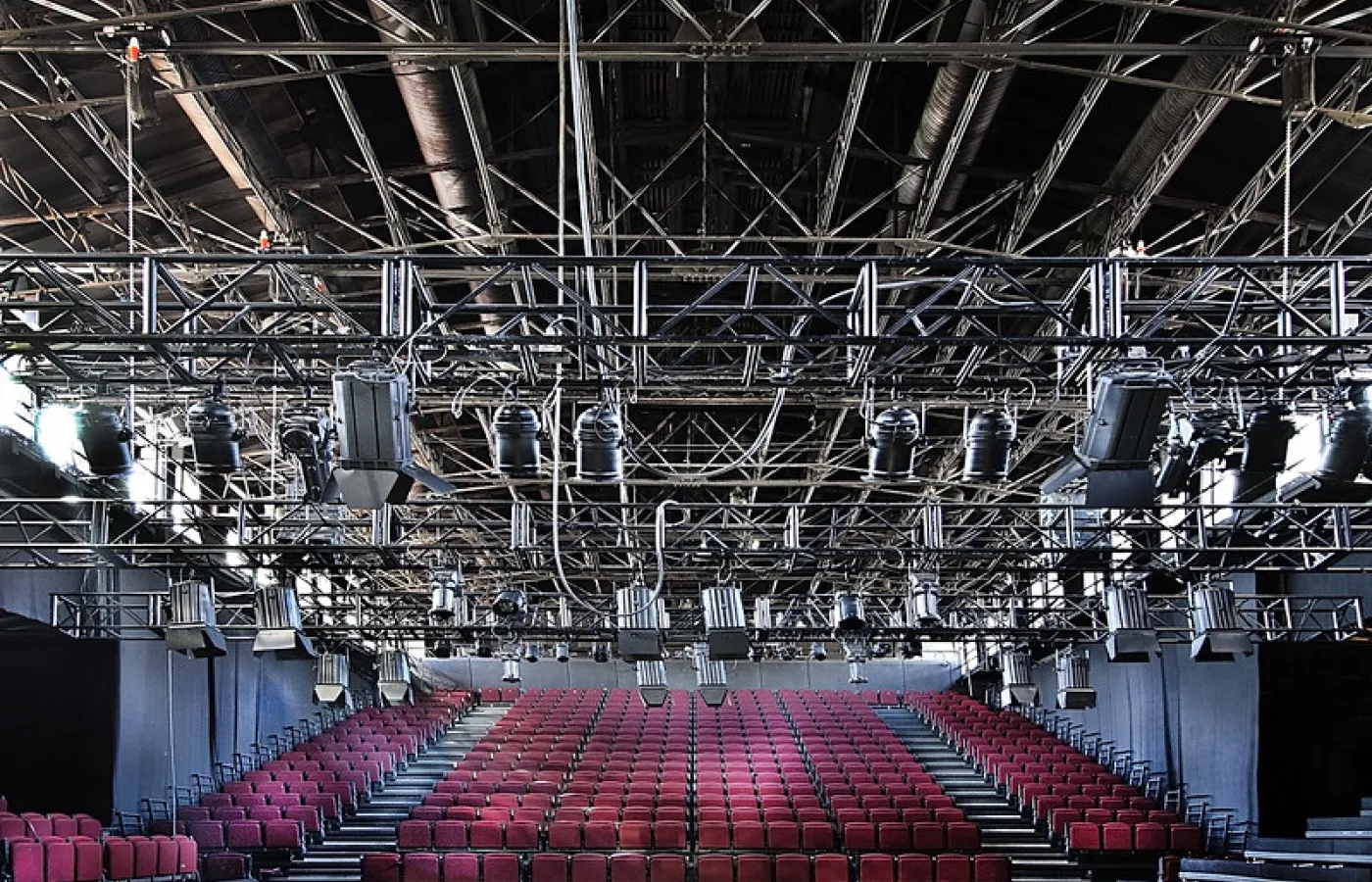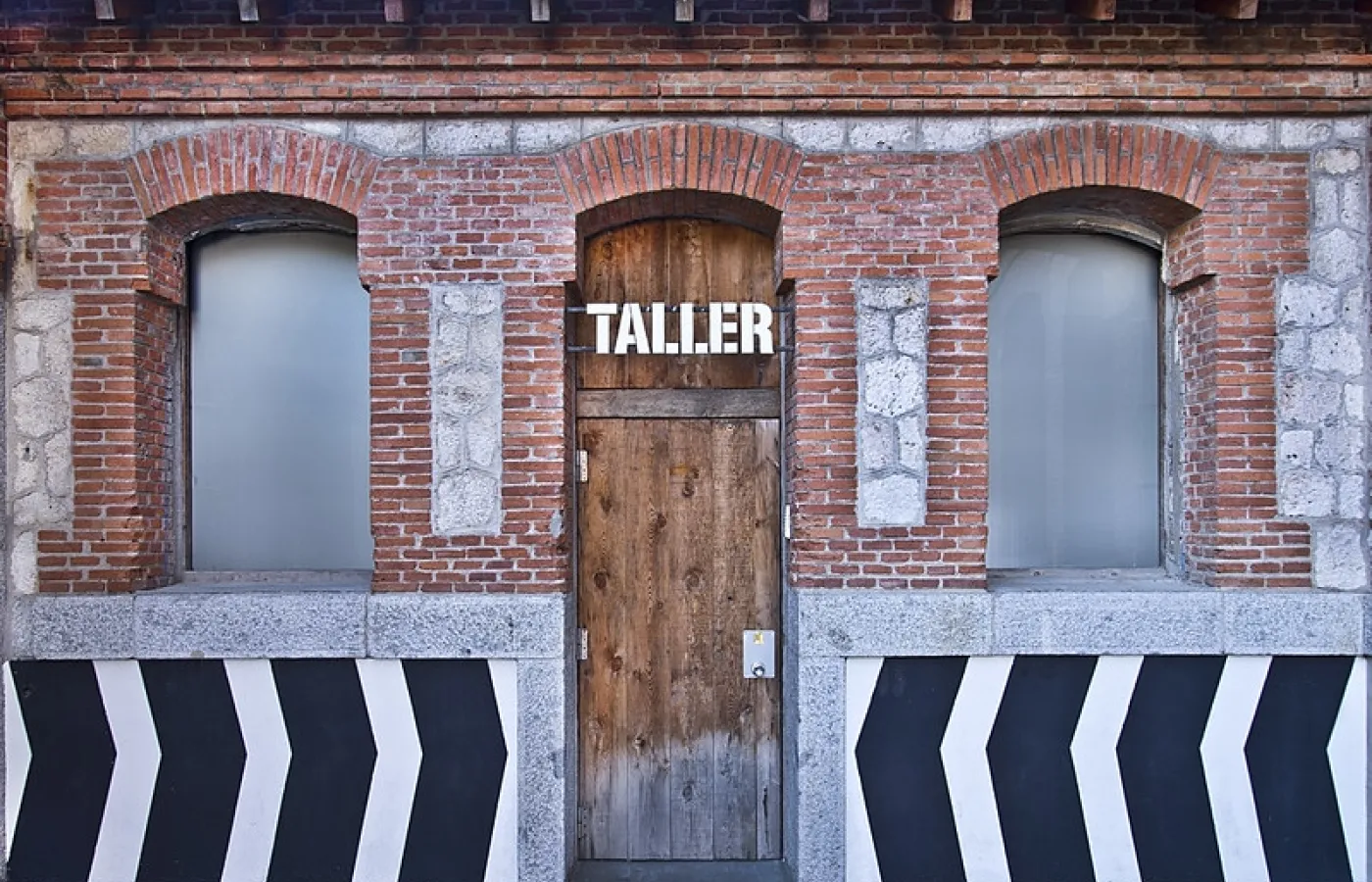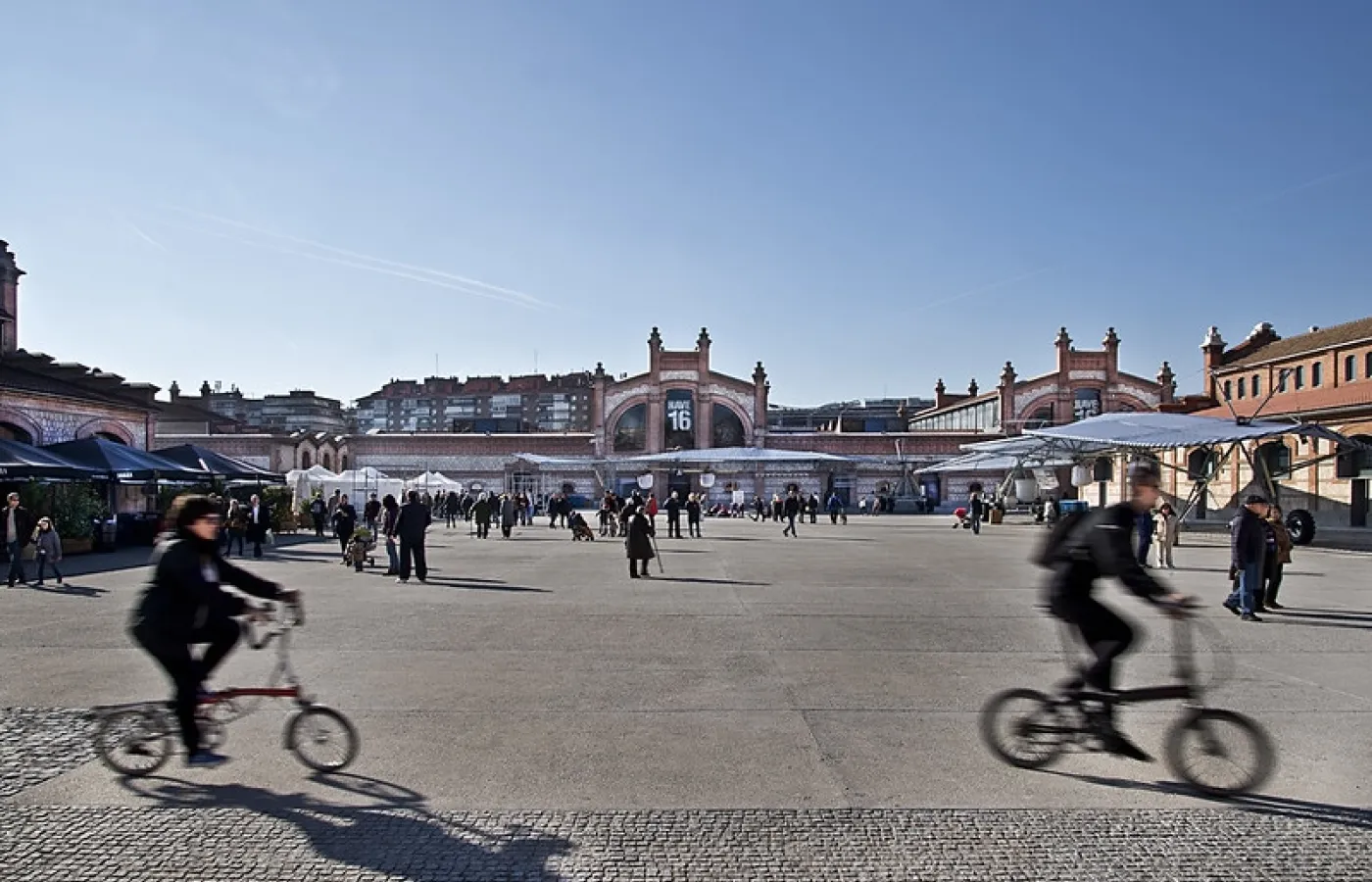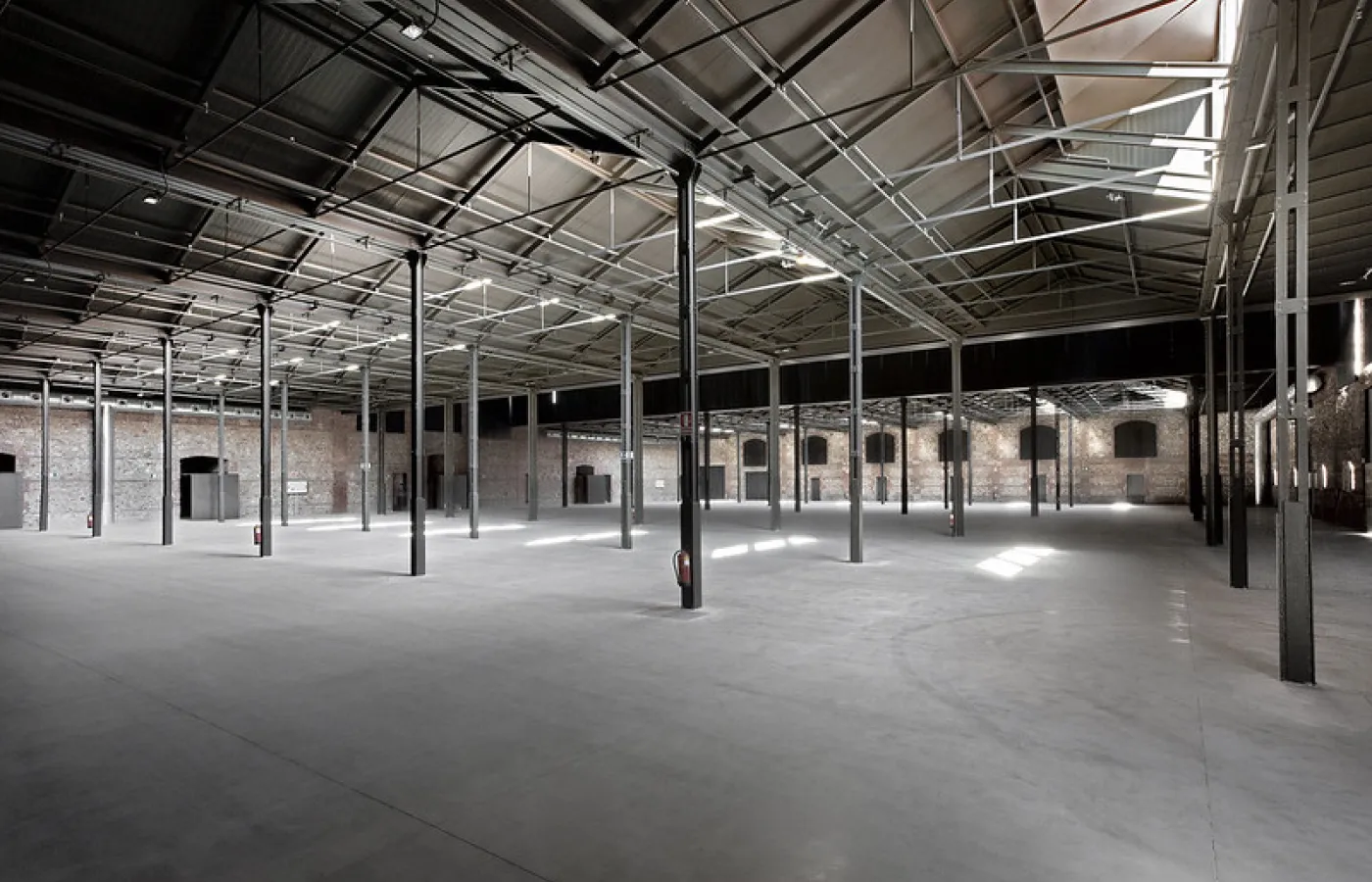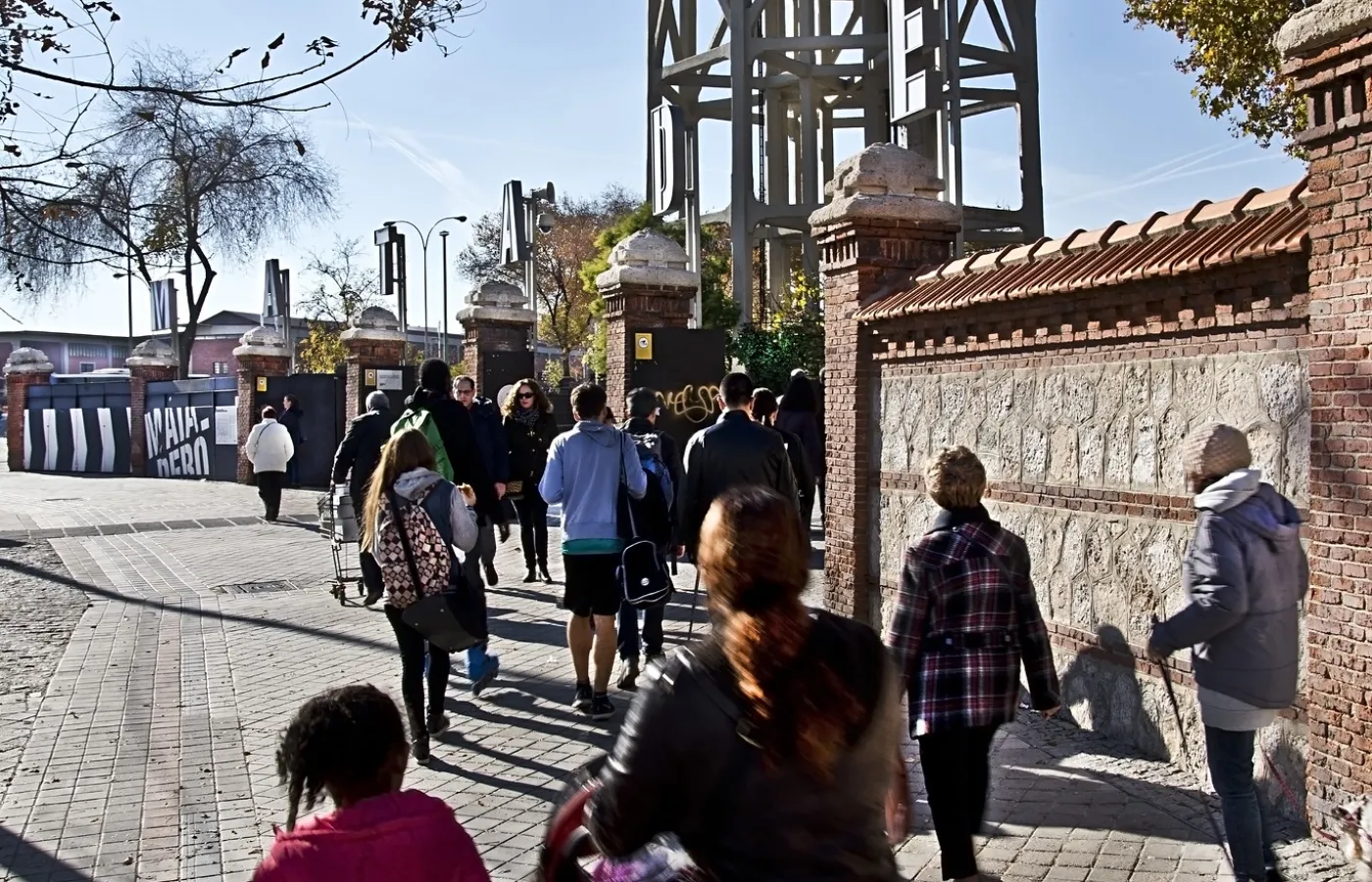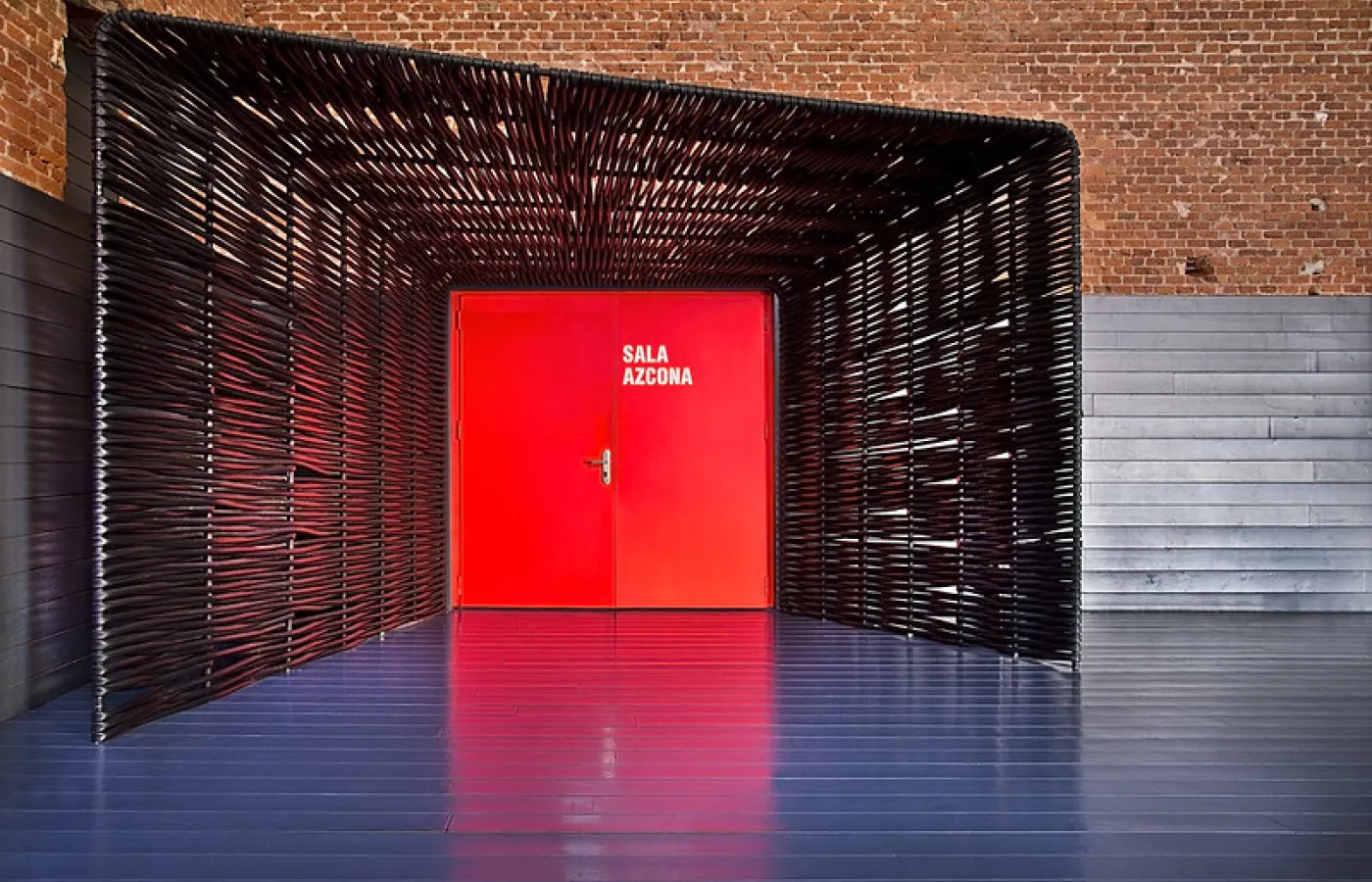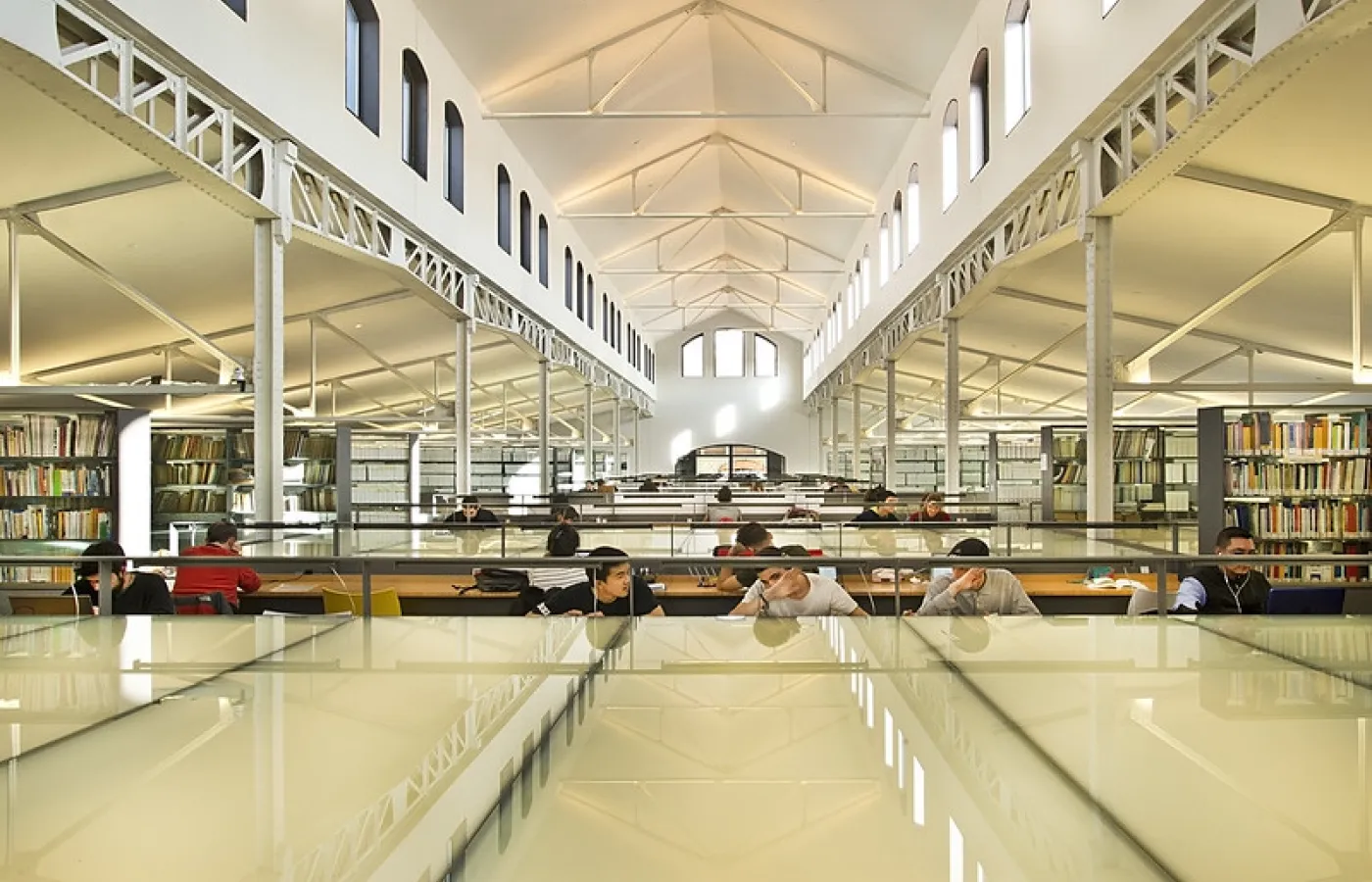In 2005, the site was converted into a cultural centre and a series of architectural initiatives were undertaken in order to prepare the space as a venue for cultural activities. The site became a testing ground for architectural experimentation based on two clearly defined principles: on the one hand, the exterior envelope of each building had to be preserved and, on the other, all the projects had to be reversible to ensure that the spaces could be returned to their original state, if necessary. In this way, a series of works were carried out that succeeded in maintaining the traces of the past and respecting the heritage space to the greatest extent possible, while at the same time allowing the centre to host a wide range of cultural events.
The different refurbishment works at Matadero Madrid have aroused great interest around the world and have received such accolades as the prestigious Mies van der Rohe Award, as well as awards from the COAM, the FAD and the Spanish Architecture Biennial. Also of note is the role played by Matadero in the context of the Madrid Río Park, the architectural intervention in the area around the Manzanares River, which has received, among other awards, the International Architecture Award 2012 from the Chicago Athenaeum of Architecture and Design and the European Centre for Architecture Art Design and Urban Studies, the International Urban Design and Landscape Award granted by CICA, the International Committee of Architecture Critics as part of the 13th Buenos Aires Biennial; or the 2012 FAD Award in the City and Landscape category, among others.

